Explainer: How WFP’s supply chain works to tackle hunger
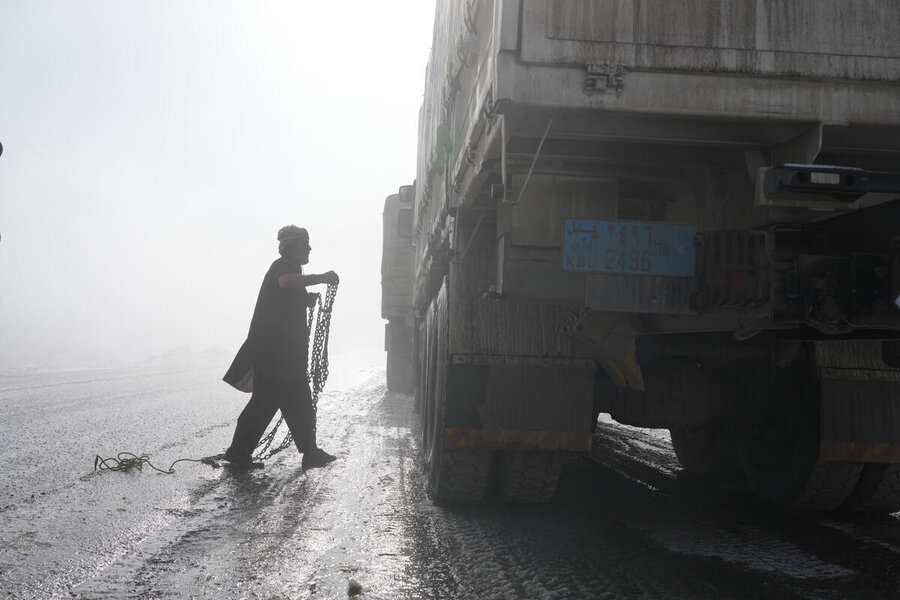
A lethal mix of poverty, conflict and extreme weather events has pushed 1.9 million people into starvation, with 343 million people in 74 countries facing acute hunger, according to the World Food Programme. Every day, WFP’s fleet of trucks, along with hundreds of ships and planes, are on the front lines of hunger, delivering lifesaving food assistance to millions of people worldwide.
At the core of WFP is its supply chain, where it plans, procures, transports and tailors deliveries to meet the needs of millions of people in the most remote and challenging environments. WFP navigates access issues as it moves food from ports and warehouses for people living in such conflict-driven emergencies as the Democratic Republic of the Congo, Haiti, Myanmar, Sudan, and the Gaza Strip.
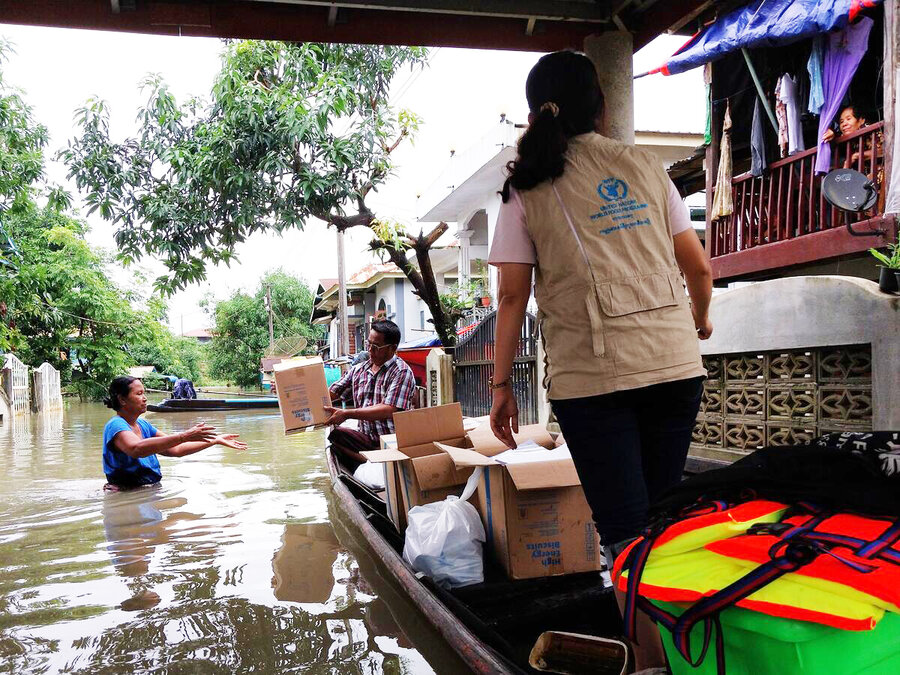
With the lives of millions at stake, data drives all WFP decision-making, helping it plan and deliver efficiently. As it builds local capacities and engages with communities to ensure its assistance meets their needs, WFP’s supply chain is helping secure resilient food systems.
Together with our partners, WFP teams harness cutting-edge expertise and innovation for faster responses, leading the global humanitarian community and building supply-chain excellence.
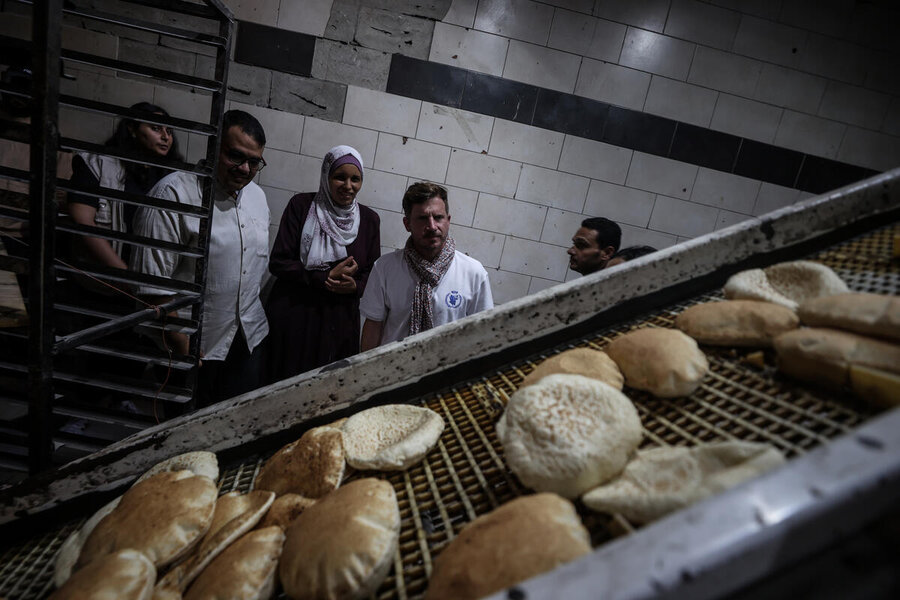
In 2024, more than 4,600 supply chain staff – 90 percent based in field locations – worked day and night to reach 152 million people in need. But how does supply chain work?
Looking ahead
Getting food to people during emergencies begins with planning. This means looking ahead at the types and quantities of food needed to fit a particular context, which then dictates how WFP sources from trusted suppliers.
In 2024, WFP sourced nearly 2 million metric tons of food, 59 percent of which was procured within the distribution region. Buying food as close as possible to the communities it supports improves efficiency and keeps costs low. WFP collaborates with a network of nearly 1,000 local partners to deliver assistance and ensure that commodities and supplies reach vulnerable communities safely.
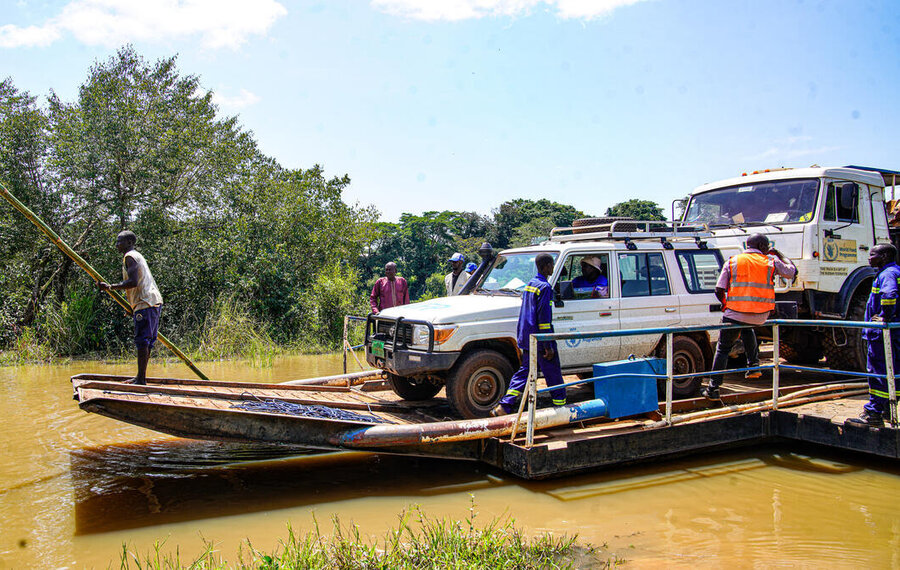
A global network of 600 warehouses and logistics hubs keeps WFP food stocks. Its largest warehouses in Sudan, Afghanistan and Yemen can hold up to 1 million bags of food.
Fast response when disaster strikes
In the event of a shock, WFP supply chain experts are on the ground within 72 hours to rapidly assess critical food needs, source the quantities required, and establish the necessary supply routes. In 2024, the three most extensive supply chain operations, based on the metric tons of food delivered – 300,000 metric tons to Ethiopia and Afghanistan and 175,000 metric tons to South Sudan – involved the coordination of numerous teams handling vast quantities of supplies, managing cross-border shipments, and organizing convoys to ensure uninterrupted aid delivery.
Local solutions
Beyond emergency response, WFP’s supply chain is critical in helping people face the daily struggle against hunger. Through longer-term programmes that equip people with know-how and tools – everything from seeds and training to farming equipment – WFP aims to reduce communities’ reliance on assistance by fostering independence over the long term.

School feeding programmes with a ‘home-grown’ element do just that. By sourcing school meal ingredients from local farmers, building local capacities and reducing post-harvest losses, we cut supply chain costs and boost local economies while providing fresh food to children.

When local sourcing isn’t possible, we procure from countries that are close to the emergency we are targeting. Ukraine, for instance, provides wheat grain for bakeries in Gaza and Yemen. In South Sudan, we source sorghum for hot meals in Sudan. WFP also supports local shops by ensuring they have the quality supplies needed so people can buy what they need within their community.
Tech for safety and quality
Food safety is our priority: if it’s not safe, it’s not food. WFP food supplies often travel hundreds of kilometres across land, air and sea before reaching those in need. To ensure products remain safe, nutritious and high-quality, our teams rigorously monitor each stage, from production and processing to packaging, storage and distribution.

Digital solutions include bag-marking, where commodities are stamped with a customized code to track their category, date and destination during and after delivery to local partners for distribution.
From planning what food to send where, to tracking commodities on their journey, our data-driven systems ensure we stay responsive and adaptable. Real-time logistics maps, monitoring tools and information-sharing platforms help us coordinate with partners on the ground and improve the efficiency of our operations.
WFP’s Partner Connect is a reliable reporting process platform that digitizes paper-based processes and improves data quality and gaps in the information flow.
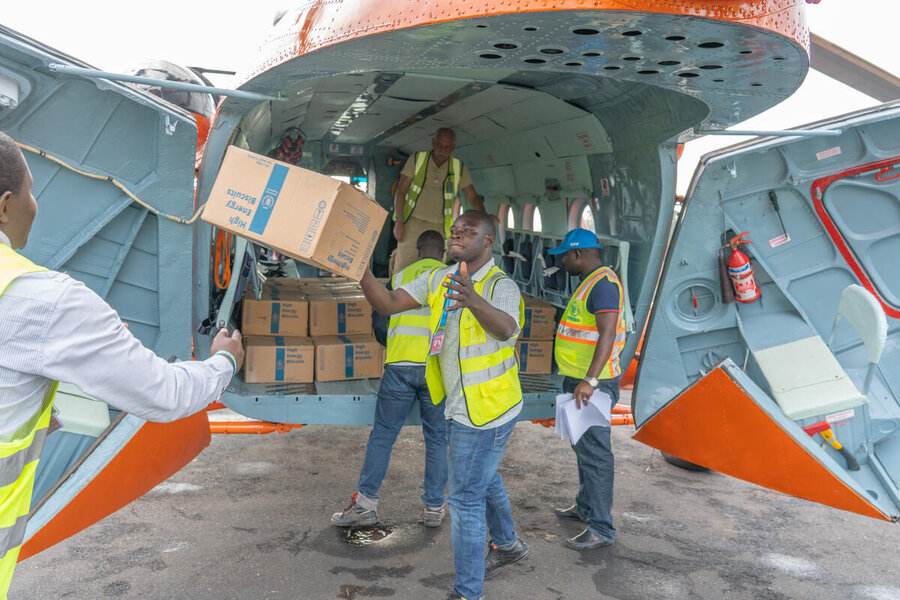
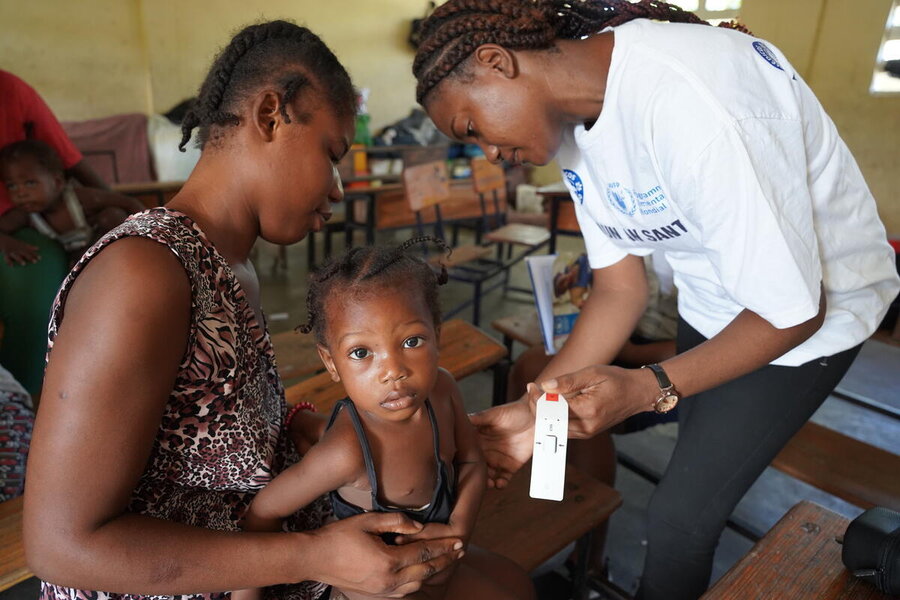
Through its FOSTER (Food Safety and Quality Terrain) database, WFP manages various aspects of food safety and quality, such as food inspections, enabling us to improve the safety and traceability of our food from farms to people’s plates.
Partners at the centre
WFP collaborates with governments, NGOs, and the private sector to deliver assistance efficiently and support long-term development.
Seventy-five percent of WFP’s assistance is delivered in partnership with local NGOs. These organizations, often deeply rooted in their communities, provide invaluable local knowledge and access, ensuring that aid reaches remote areas and is tailored to local needs.

We also collaborate with a range of partners ready to deploy personnel and equipment during emergencies or offer their expertise and innovations to support and strengthen humanitarian operations.
Sharing expertise
We coordinate large-scale emergency responses through the WFP-led Logistics Cluster – a multiagency coordinating mechanism. We also manage the UN Humanitarian Response Depot – a global network of hubs procuring, storing and dispatching humanitarian supplies on behalf of partner organizations – and UNHAS (the UN Humanitarian Air Service) that transports humanitarian aid workers to and from crisis areas. In 2024, we supported 1,600 partners with crucial supply chain services.


Getting safe, nutritious food to millions with speed and care – while funds and resources are tight – takes a meticulous, precision-focused operation. Our operations are lean by design. Every shipment, delivery and coordinated effort matters. With over six decades of experience – always finding ways to improve and innovate, WFP’s supply chain is built to deliver. We have the people, tools and partners to get the job done.



